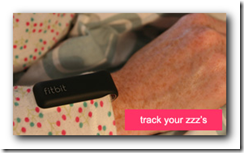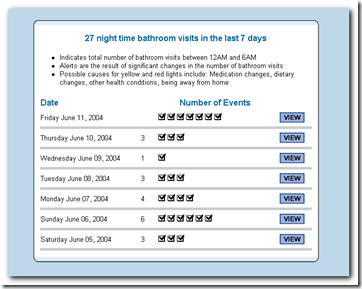Coming out of the studies and search for a solution new co-pays of $30 for primary care doctor visits and $40 for specialists are showing up. Employees are being urged to use an urgent clinic location versus the emergency room when perhaps a visit there would be less expensive than the traditional ER room visit. This also puts more of an awareness too with the clinics to be sure and diagnose and properly send those patients to the ER room if it is beyond their model of care and services they offer.
Next is the “employee wellness” programs which can offer a lot of useful help and information, as long as they work in partnership  with physicians and carry the same better healthcare message. Some employers are making participation mandatory now where it has been voluntary in the past. This leaves the door wide open though to make sure the wellness programs do in fact have better healthcare as a theme and are not just another item that will maintain first focus on risk management. Areas like removing french fries from a cafeteria menu are great as if it’s not there, we won’t eat or order it. The question lies though on how powerful and at what levels wellness coaches and programs will intervene, and we come back to balance once more and risk management. If they grow beyond the initial assessment and look beyond day to day accepted better healthcare education and methods to monitor, then we could have another monster in the making.
with physicians and carry the same better healthcare message. Some employers are making participation mandatory now where it has been voluntary in the past. This leaves the door wide open though to make sure the wellness programs do in fact have better healthcare as a theme and are not just another item that will maintain first focus on risk management. Areas like removing french fries from a cafeteria menu are great as if it’s not there, we won’t eat or order it. The question lies though on how powerful and at what levels wellness coaches and programs will intervene, and we come back to balance once more and risk management. If they grow beyond the initial assessment and look beyond day to day accepted better healthcare education and methods to monitor, then we could have another monster in the making.
With technology on a very fast pace today in healthcare and new devices and means for collecting data, this is an area whereby we need to be aware of what methodologies will be embraced next, in other words, where will technology lead us and what is useful technology and what is considered “intrusive” technology. Nobody is holding back when opportunities are presented and sometimes technology and opportunities for additional income get confused. When it comes to saving a dollar today and efficiency, the electronic umbilical cord could extend farther than anyone of us could imagine if the check and balance system is not kept in place.
I guess working with networks and software all the time creates this awareness as I know there’s always the downside and irritation side of technology and keeping this in check so we can still maintain the standards of dignity as humans is something we need to make sure we don’t lose track of, thus balance and congenial meetings of the minds will be more important than ever. The related reading section here may offer a little more insight as to why I believe an overall awareness is in order, as there is nobody minding the shop with healthcare being so fragmented and so many different areas of focus, that some of this gets lost in the shuffle, as technology is evolving so very rapidly in so many areas, before you know it, what is actually helpful technology and what is intrusive comes down to the same fine line and it should have a focus of better healthcare rather than the pursuit of risk management only. BD
It’s time for employees to choose from the health insurance and benefits options their employers are offering for next year. Businesses are scurrying to communicate and educate workers about medical coverage and benefits offerings during annual open enrollment season this month. More South Florida companies are changing health plans in 2009 to focus on preventive care, while steering workers into high-deductible plans tied to tax-free health savings accounts. Employers say they're trying to keep premium increases down because they recognize workers already are stretched with higher costs of living.
Mahoney & Associates, a benefits management firm in Fort Lauderdale, is urging clients to offer employees one health plan that combines a high annual deductible with a health savings account workers contribute to through payroll deduction. Employees spend healthcare dollars more cautiously when they have a financial interest in the plan, said Bill Mahoney, the firm's founder.
Gail Ferro, senior marketing manager for Spherion, said her employer is urging workers to go to an urgent care clinic instead of the more costly hospital emergency room when appropriate. With three children ages 9 to 17 who play sports, she has made a few trips to the emergency room, including one for herself when she recently fell off a ladder.
Related Reading:
Fewer Americans Getting Health Insurance Via Work
The Wellness Programs: Payouts to Those Who Work Out - Insurers give discounts on premiums
The Human Audit Trail to automatically track your fitness and sleep and a few other things…
Allstate testing “brain fitness” software on older drivers
GE to Market Home Monitoring Appliance



0 comments :
Post a Comment